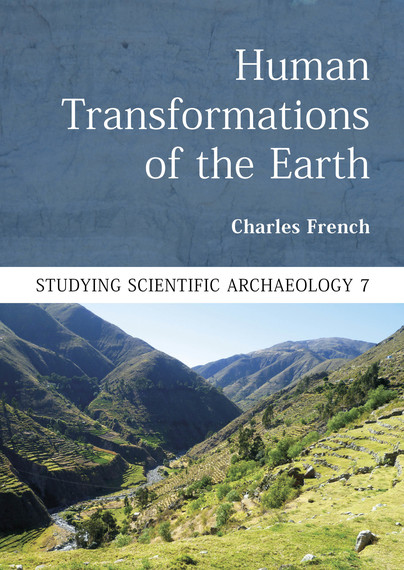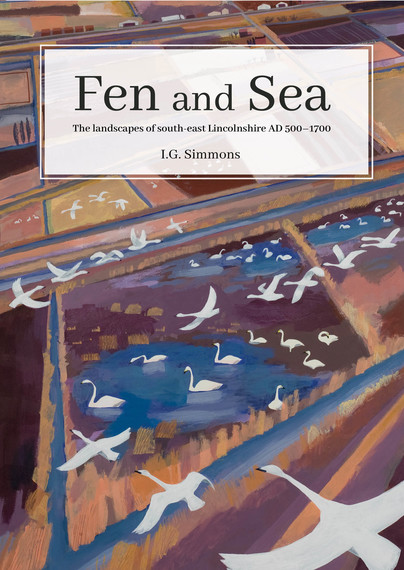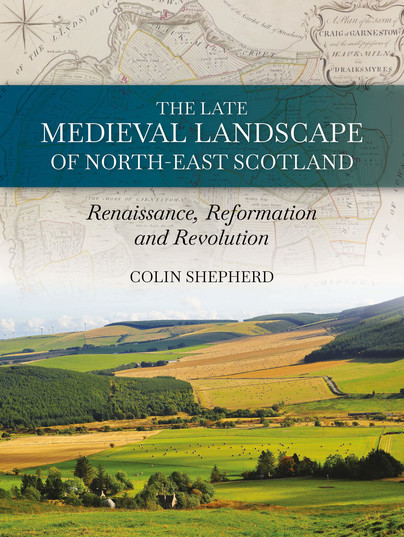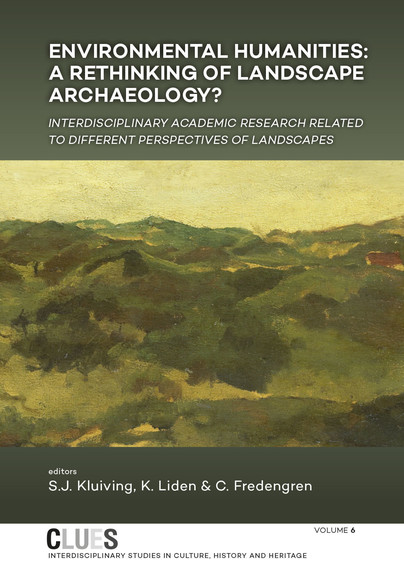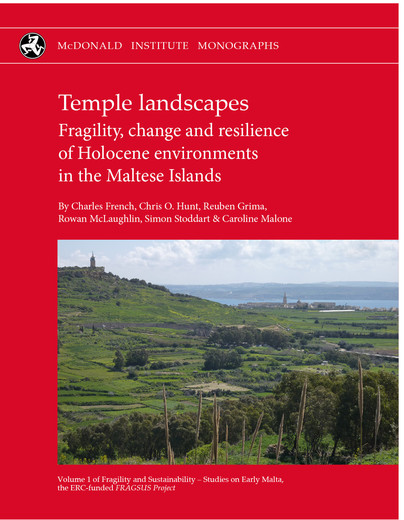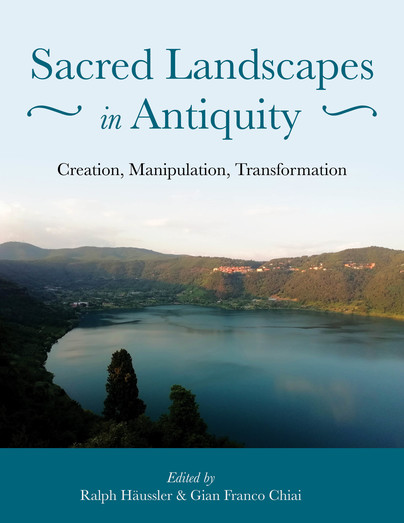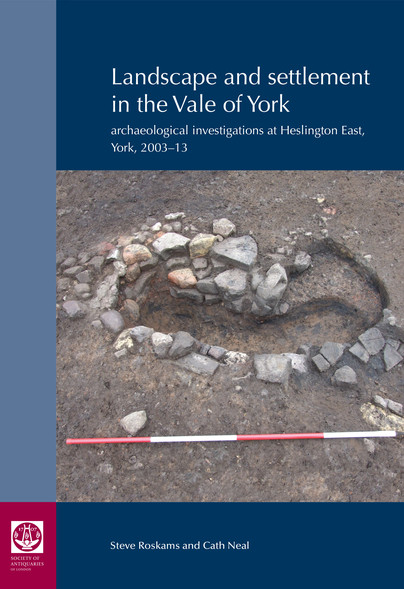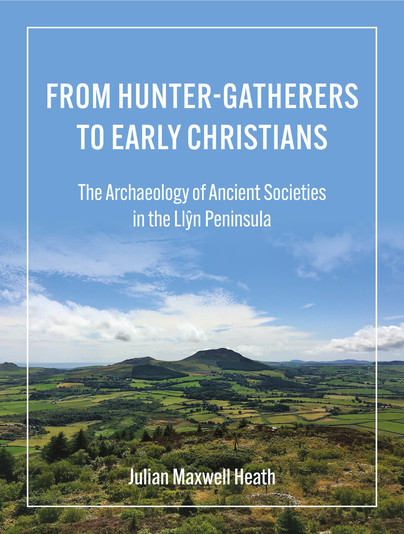
Format: Paperback
Pages: 240
ISBN: 9781914427220
Pub Date: 31 Jan 2023
Imprint: Windgather Press
Illustrations: B/w and colour
Description:
Jutting out some thirty miles into the Irish Sea, from the western edge of Snowdonia, the Llŷn Peninsula, in north-west Wales, is renowned for its stunning beaches and countryside, with much of its landscape designated as an Area of Outstanding Natural Beauty. The peninsula is also home to a remarkable and abundant collection of archaeological sites and monuments, some of national importance, which bear witness to the ancient societies who once inhabited this narrow finger of land on the western fringe of Britain. This abundantly illustrated book examines this rich corpus of archaeological evidence, beginning with the faint but fascinating traces that Mesolithic hunter-gatherers have left in the landscape of the Llŷn Peninsula and ending in the early medieval period, with about 9,000 years of human habitation thus covered in its pages.

